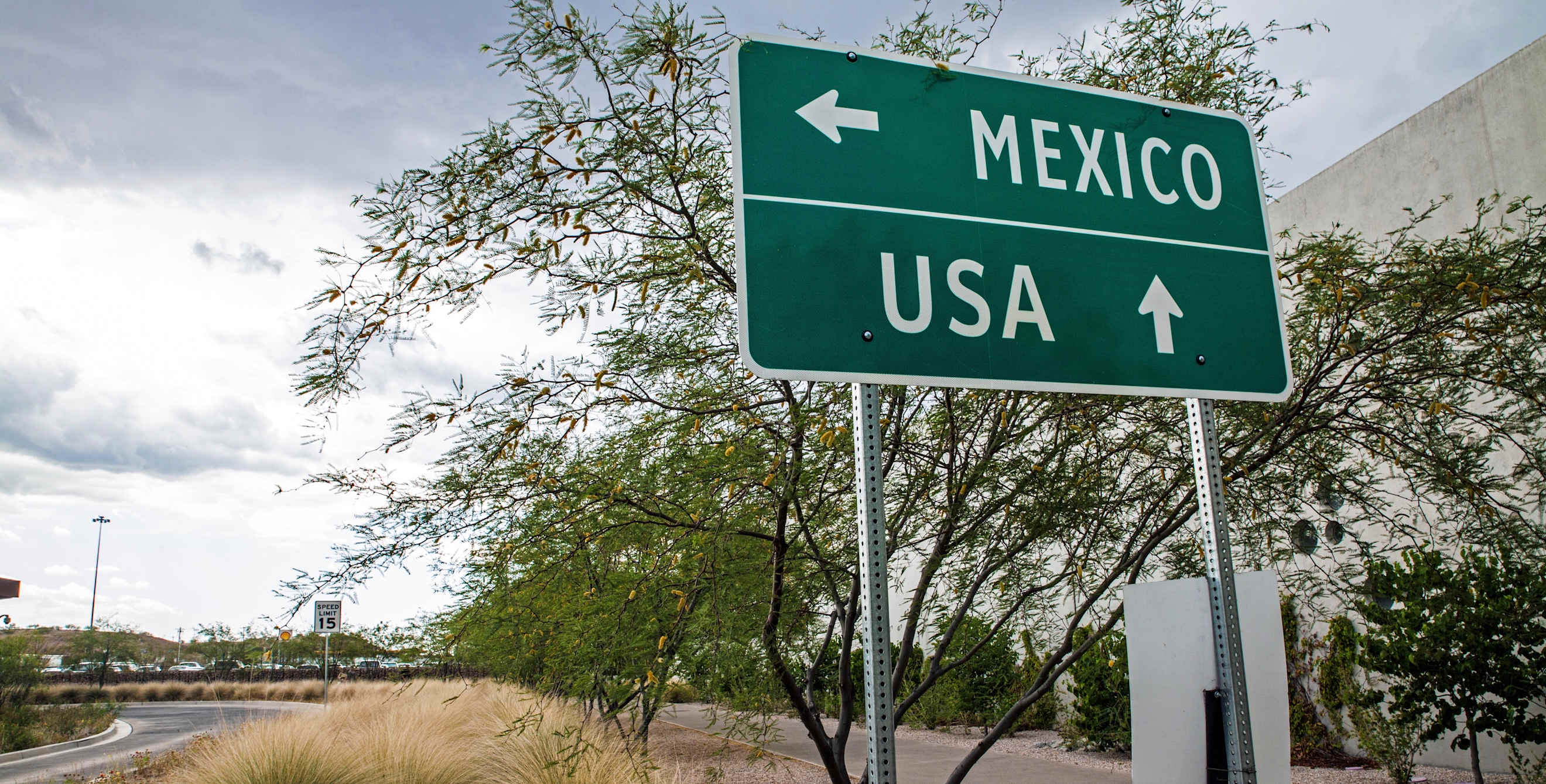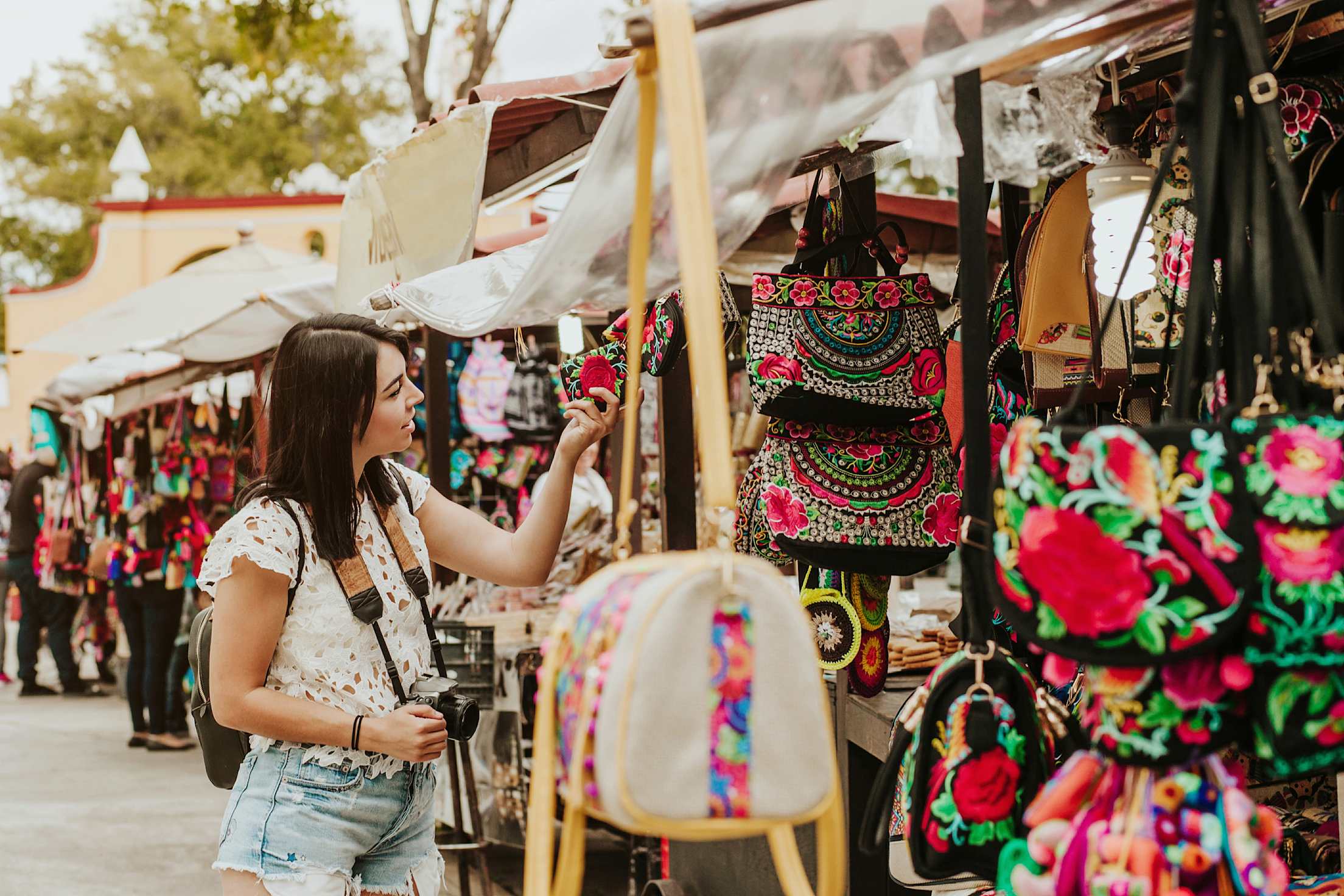
12 Tips for Driving in Mexico
Before your road trip to Mexico, read this checklist for a smooth, safe ride south of the border.

Not sure what to expect on your drive to Mexico? Consider this your road trip checklist. From a rundown of the documents you’ll need, to the reasons the word tope quickly will become your least favorite Spanish word, these guidelines will ensure you’re well equipped for the journey.
Get insurance before you go.
Mexico auto insurance is required for all vehicles, including rentals. You can buy insurance at the border, or avoid the long lines by buying it in advance online. This service is available on AAA.com to both AAA members and nonmembers, and members save 15 percent on policy purchases. If you buy insurance online, you must print a copy for it to be considered valid in Mexico.
Bring the right documents.
Everyone in the car should have his or her passport card or book. (Keep in mind that a passport card will only suffice for driving, not flying.) Also make sure your driver’s license is up to date, and pack your vehicle insurance in the car with you. If you’re staying in Mexico for more than 72 hours or traveling more than 15 miles beyond the border, you’ll need to obtain an entry permit, or Forma Migratoria Multiple. You can get entry permits at the border immigration office. For more information on the process, or to fill out the permit form online, visit the Mexican National Institute of Migration’s website.
Prepare for lines.
Don’t plan to drive into Mexico the morning of your cousin’s Cabo wedding. If you need to arrive at your destination at a specific time, it’s best to leave the day prior, as there’s no surefire way to predict how long you’ll have to wait at the border. Also keep an eye on your gas gauge and make sure to fuel up before heading toward the line.
Leasing or renting your vehicle?
Did you know many lenders and rental car companies have clauses in their contracts that prohibit driving your leased or rented vehicle out of the country? Contact your lender to learn their policies and obtain a notarized letter of permission before your trip.
Don't leave dollars at home.
It can be helpful to have U.S. currency on hand. However, don’t keep it all in your pocket at once. Also keep in mind that the farther you travel into Mexico’s interior, the less likely it is that U.S. dollars will be accepted.

Take the road more frequently traveled.
It’s safest to avoid back roads and stay on the main thoroughfares. Toll roads (cuotas) are better maintained and more secure than free roads (libres). Tollbooths in Mexico don’t take U.S. dollars, and most don’t take debit or credit cards, so make sure to have pesos ready. You can get pesos through your bank before your trip.
Study road sign vocab.
Before you hit the highway, brush up on basic road sign vocabulary. Here are a few important words you’ll likely come across: alto (stop, which is easily identifiable by the familiar red hexagon), libre (free road), cuota (toll road), libramiento (bypass), ceda el paso (yield).
Drive during daylight.
Street lighting may be sparser than you’re accustomed to on U.S. roads, and potholes, roaming cattle, and hairpin turns may be more common. For the safety of both your passengers and your vehicle, it’s best to avoid night driving.
Watch your speedometer and know the rules.
Mexico’s traffic laws differ from ours, and you can be taken to jail for even minor traffic infractions. It’s illegal in Mexico to use a mobile device while driving, drive through a yellow light, or drive a vehicle without the owner inside.
Beware of topes.
Watch out for topes, or speed bumps, particularly on roads leading into towns. These are frequently unmarked and can be two to three times larger than speed bumps in the United States!
Know who to call in an emergency.
If you need roadside assistance in Mexico, you can reach the Green Angels, or “Angeles Verdes,” by calling 078. These bilingual drivers offer medical first aid and help with vehicle repair.
Take inventory of your souvenirs.
When packing up the car take an inventory of who’s packed what, and consider keeping a list of the items (especially if you’re driving people you don’t know very well). All articles you’ve acquired in Mexico must be declared, but there’s an $800 exemption for gifts and personal articles, including one liter of alcoholic beverages per person over 21 every 30 days. Most fruits, including oranges and apples, are prohibited. Check out the U.S. Customs and Border Protection site for detailed information on prohibited and permissible items.
Benefit from AAA Membership on and off the road, with emergency assistance, in-branch DMV services, exclusive discounts, and more.